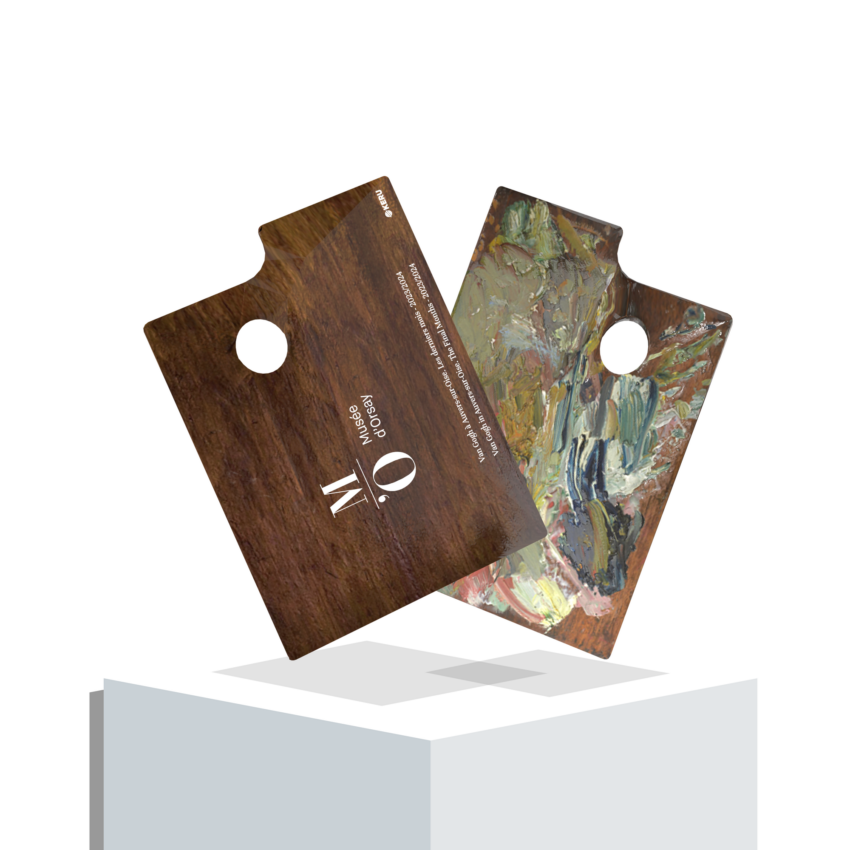Combining art and technology, the Musée d’Orsay, in collaboration with the Tezos Foundation, is launching digital NFT souvenirs for the upcoming exhibition ‘Van Gogh in Auvers-sur-Oise: The Final Months’.
KERU has created these unique digital collectibles, including a display of Van Gogh’s final palette, and you can also share them via augmented reality on mobile devices.
Van Gogh NFT souvenirs are distributed via Tezos
Christophe Leribault, president of the Musées d’Orsay and de l’Orangerie, expressed his enthusiasm for the initiative, stating:
“We are excited to offer our visitors the opportunity to take away digital souvenirs of this exceptional exhibition. An original memory of their experience that will not remain on the shelf, but that they will always carry with them in the memory box of their phone, their computer desk or their home screen!”

Van Gogh’s palette, digital souvenir from KERU made for the Musée d’Orsay. Source: Musée d’Orsay and KERU
The Musée d’Orsay’s collaboration with the Tezos Foundation extends beyond just digital collectibles. It includes web3 education and outreach to promote a deeper understanding of blockchain technology and its applications in the art world.
This initiative is in line with the museum’s broader commitment to embracing digital art and sustainability.
Hélène Quintin, CEO of KERU, emphasized the importance of the partnership, saying:
“We are honored that the Musée d’Orsay has chosen KERU to introduce the first-ever digital souvenir experience to visitors to the Van Gogh exhibition. We firmly believe that blockchain technology should act as a means to strengthen connections, rather than the ultimate goal, and our collaboration perfectly illustrates this philosophy.”
Read more: Top 3 platforms to buy and sell NFT trading cards in 2023
Not the first museum to exhibit NFTs
Meanwhile, the Center Pompidou is reportedly showing its first collection of NFTs until February 2024. The exhibition features 18 digital works, including iconic NFT collectibles such as CryptoPunks and Bored Apes.
The exhibition aims to elevate NFTs to the same level as traditional visual art while contextualizing their contemporary popularity within the broader discourse of art and digital media.
Philippe Bettinelli, the curator of the Center Pompidou, underlined the importance of understanding the history of digital art, stating:
“The recent media hype that accompanied the NFT craze may have given the impression that digital art was just being born, even though it had existed since the 1960s in highly experimental forms that were much less widespread at the time.”
The initiatives of both the Musée d’Orsay and the Center Pompidou are examples of the growing intersection of art and blockchain technology.
Museums that continue to use blockchain and NFTs can offer their visitors unique experiences. They also contribute to the broader understanding and acceptance of these technologies in the art world.

